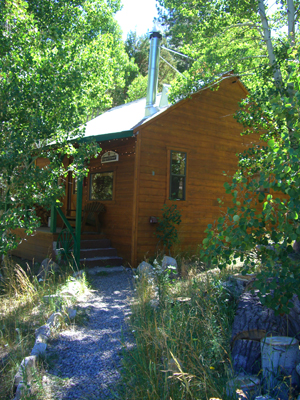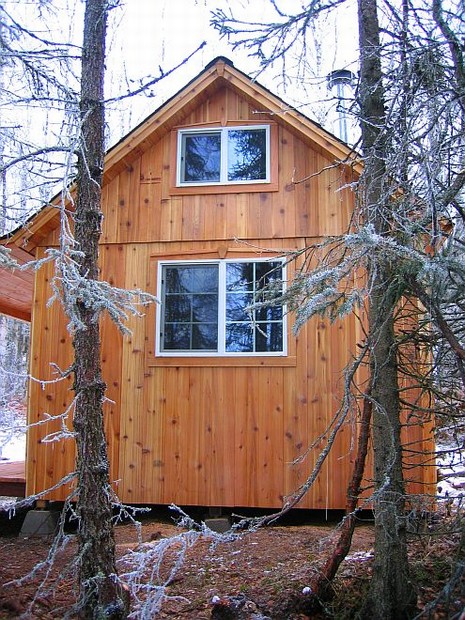Paper -vs- Plastic. Hand washing -vs- Dish washing. Cloth Towel -vs- Paper Towel. We have all heard the seemingly timeless debates. But recently several studies have come out in the UK showing that dishwashing is better and more efficient than hand washing. Yet others have come out showing that handwashing is more eco-friendly than dishwashing. Why the difference?
In the first study, the most careful hot-water handwashing just about beats a fully loaded dishwasher. This is partly because most people (in the UK at least) do their manual washing up using hot water heated by a gas-fired boiler, whereas dishwashers heat water from cold using electricity. The second study however favors dishwashing because it uses only half the water and only 1/6 of the energy. Much of this matters not though when you consider the cost of an Energy Star dishwasher.


